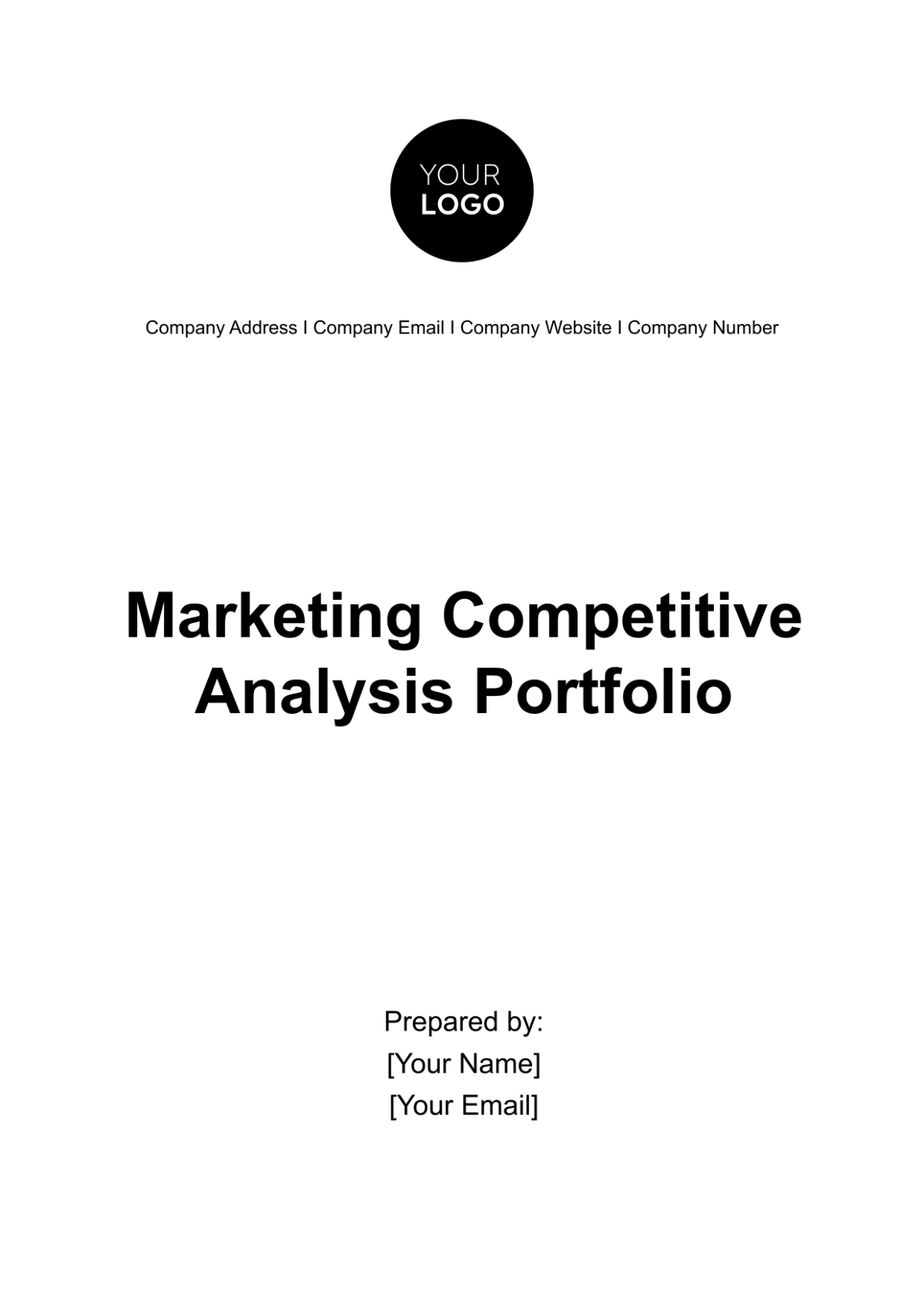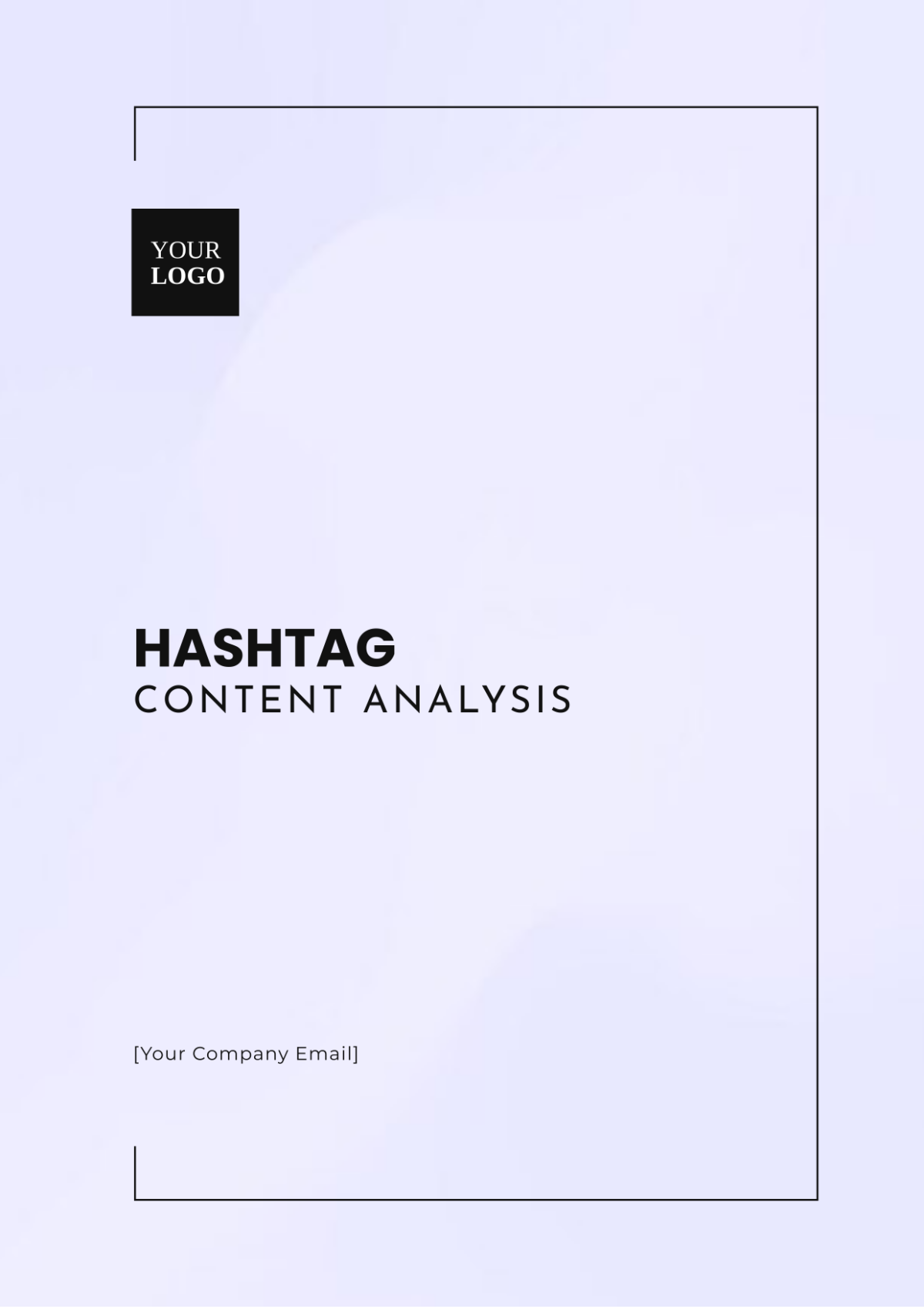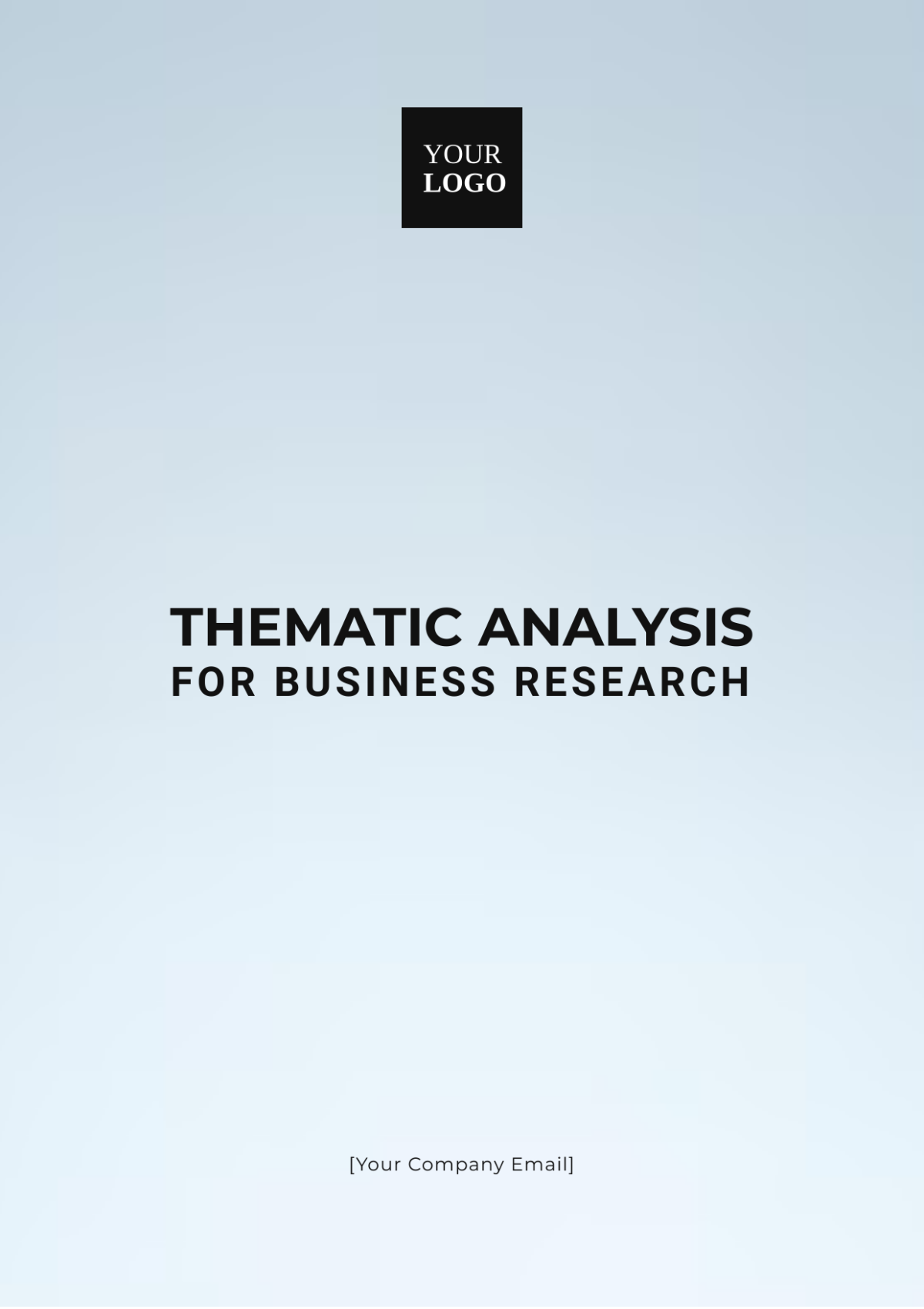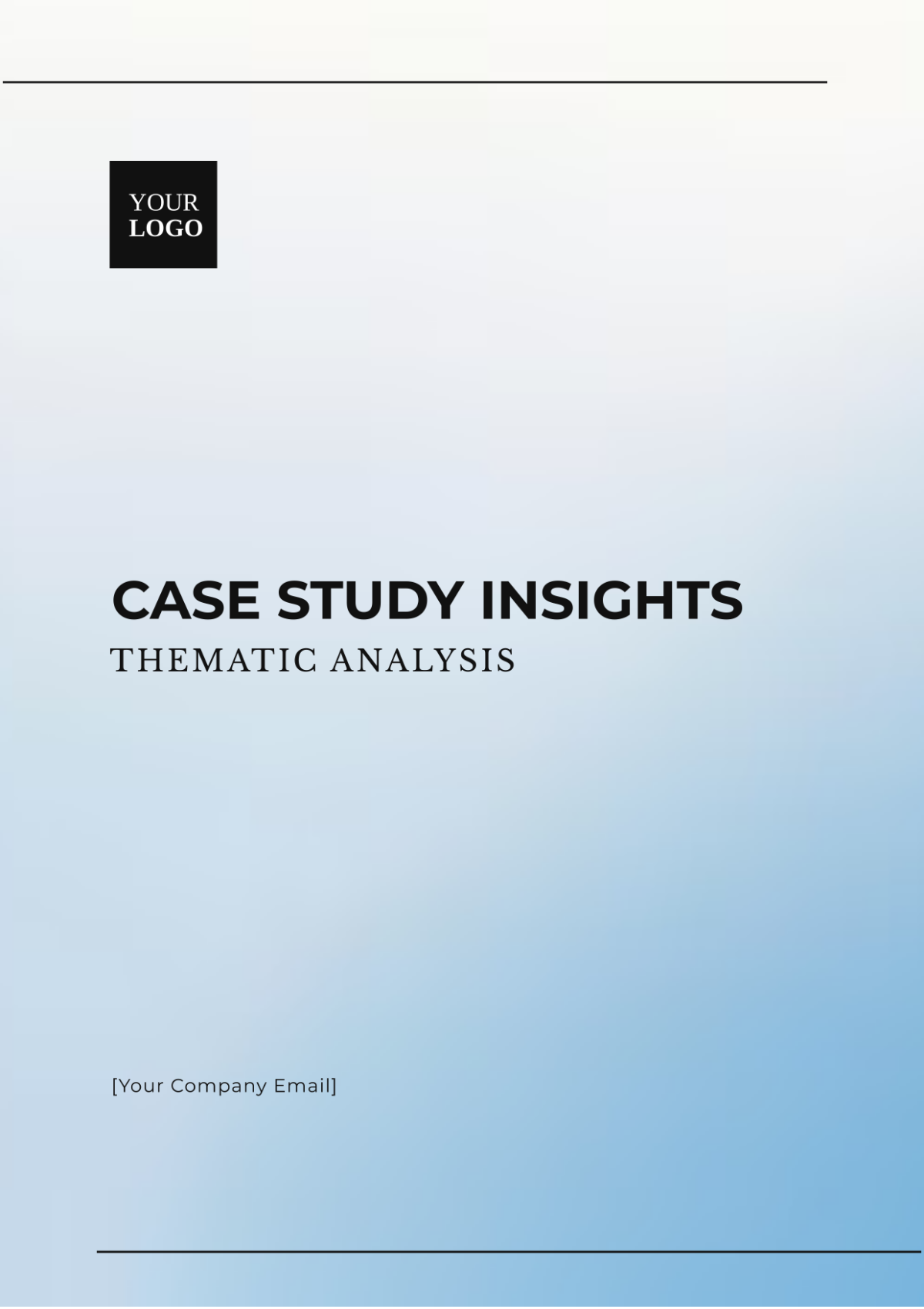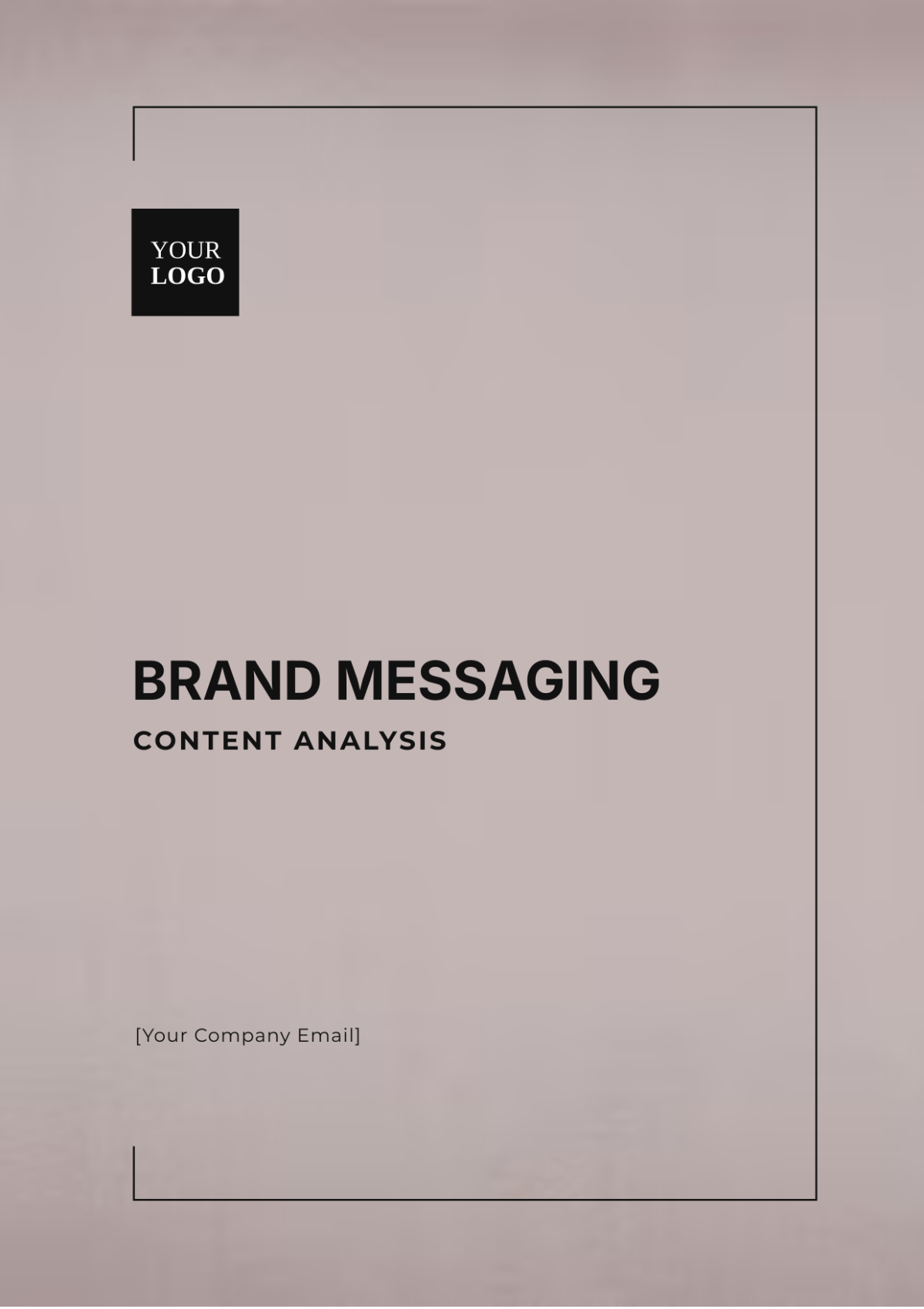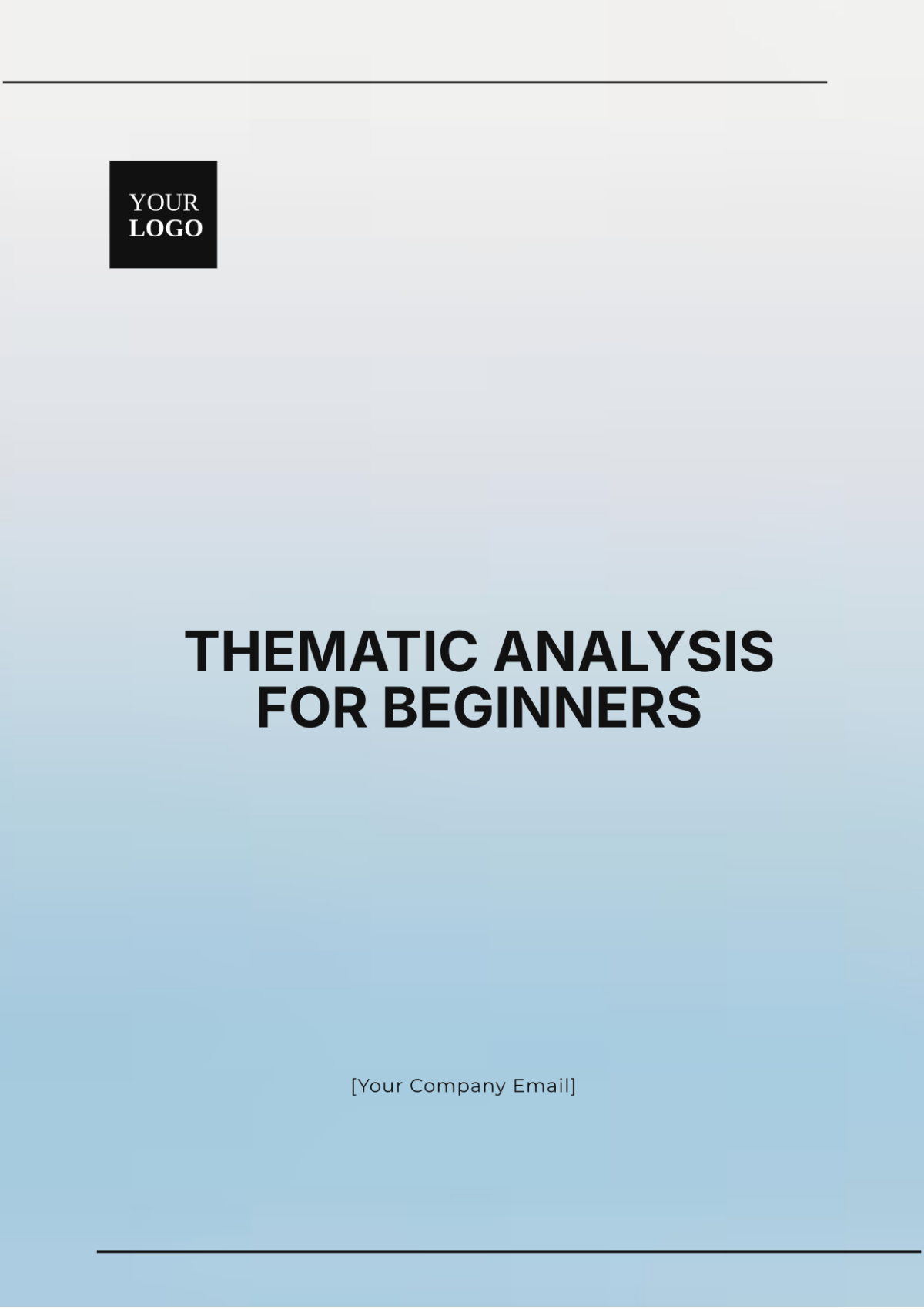Graphic Design Competitive Analysis
Prepared by: [Your Name]
Email: [Your Company Email]
Address: [Your Company Address]
Phone: [Your Company Number]
I. Introduction
This analysis delves into the realm of graphic design to conduct a competitive analysis focusing specifically on color palettes. Understanding how competitors utilize color in their branding and design can provide valuable insights for [Your Company Name]'s own design strategies.
II. Purpose
The purpose of this analysis is to:
Identify trends and patterns in color usage among competitors.
Evaluate the effectiveness of color choices in conveying brand identity.
Inform [Your Company Name]'s design decisions and potentially refine our own color palette.
III. Methodology
To conduct this analysis, we utilized the following methodology:
Gathered data on the color palettes used by key competitors.
Analyzed the psychological implications of these color choices.
Compared and contrasted competitor color palettes with [Your Company Name]'s existing palette.
IV. Competitor Color Palette Analysis
1. Coca-Cola
Utilizes a bold red color as the primary brand color.
Incorporates white and black as secondary colors for contrast.
Red is associated with energy, excitement, and passion, aligning with Coca-Cola's brand image.
2. Pepsi
Employs a blue color scheme with hints of red and white.
Blue signifies trust, reliability, and calmness.
Red elements add a sense of excitement and energy, while white provides contrast.
3. Starbucks
Known for its iconic green logo and branding.
Green symbolizes growth, freshness, and eco-friendliness, reflecting Starbucks' commitment to sustainability.
Accompanied by white and black for balance and contrast.
V. Comparative Evaluation
Feature | Coca-Cola | Pepsi | Starbucks |
|---|---|---|---|
Primary Colors | Red, Blue | Green, Yellow | Green |
Consumer Preference | High | Moderate | High |
Market Trend Alignment | Yes | No | Yes |
VI. Analysis Findings
Based on our analysis, we have observed:
The prevalence of bold, attention-grabbing colors such as red and blue among competitors.
Each competitor utilizes color strategically to evoke specific emotions and associations.
[Your Company Name] can consider incorporating similar psychological principles into our own color palette to strengthen brand identity.
VII. Recommendations
Considering the findings of this analysis, we recommend:
Exploring the incorporation of bold, attention-grabbing colors into [Your Company Name]'s branding.
Conducting further research into the psychological impact of different colors on target audiences.
Continuously monitoring competitors' color choices to stay abreast of industry trends.
VIII. Conclusion
In conclusion, the analysis of competitor color palettes provides valuable insights for [Your Company Name]'s graphic design strategies. By understanding the psychological implications of color and observing how competitors leverage color in their branding, [Your Company Name] can refine its own design approach and enhance brand identity.
